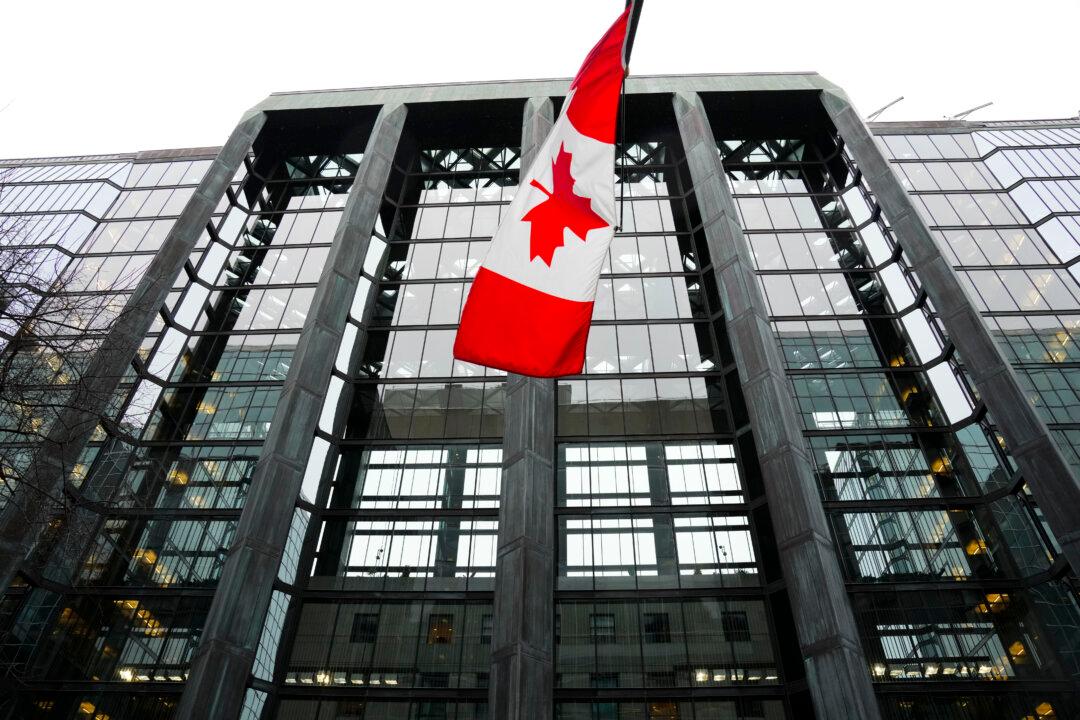For the first time in history since the Bank of Canada’s founding in 1935, the federal government-owned bank will suffer a financial loss that the C.D. Howe Institute estimates could be up to $8.8 billion in the coming years.
A Jan. 12 brief produced by the nonprofit policy research organization, said it estimates the Bank of Canada (BoC) will suffer “cumulative losses of between $3.6 billion and $8.8 billion over the next two to three years.”





